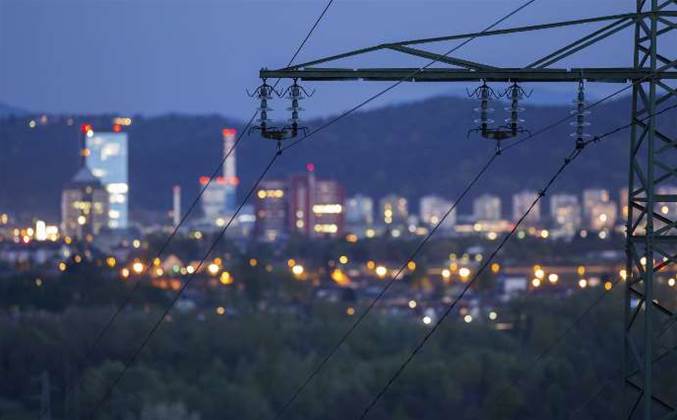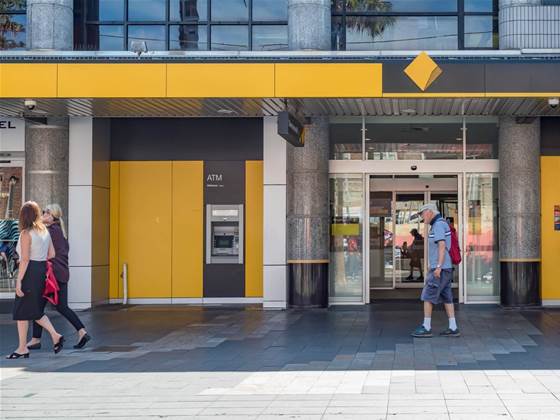Quick Read
- LASER unveils a Retro Gaming Projector equipped with over 80 vintage games.
- Offers ROM emulation support for NES, SNES, Mega Drive, and N64.
- Includes a pair of wireless controllers and a 120-inch display.
- Operates on Android OS with HDMI and USB ports.
- Priced at A$299 at major retailers across Australia.
A Trip Down Memory Lane
The Australian electronics brand LASER is bringing the charm of arcade gaming into residences with its latest Retro Gaming Projector. This all-in-one entertainment device comes pre-loaded with over 80 officially licensed classic games, ready to provide big-screen retro excitement anyplace.
ROM Emulator Compatibility
In addition to the built-in game library, the projector features ROM emulator compatibility for legendary consoles like the NES, SNES, Mega Drive, and N64. This functionality allows gamers to experience the joy of classic gaming on any wall space available.
Specifications
The LASER Retro Gaming Projector is crafted for immediate enjoyment. It comes with two wireless controllers, a remote, and a large 120-inch fabric screen. Equipped with built-in speakers, simply power it on to convert your area into a gaming haven.
Connectivity options include HDMI and USB inputs, allowing you to link external devices such as a Nintendo Switch, laptop, or DVD player. You can enhance your sound experience by connecting external speakers. With an Android OS, the projector also functions as a complete entertainment system, granting access to the Google Play Store for additional games and streaming services.
Highlighted Features
- 80 retro games included: Immerse yourself in a chosen selection of arcade classics, platformers, and fighting games.
- Built-in emulators + ROM compatibility: Enjoy gaming across different eras with support for numerous consoles.
- Two wireless controllers: Experience hassle-free gaming for solo or multiplayer gameplay.
- 120” projection: Engage in an immersive, large-screen experience with automatic keystone adjustment.
- Android OS: Access streaming platforms and mobile games for a full entertainment experience.
- HDMI & USB ports: Easily connect to external content or sound systems.
- Portable design: Take it along for an impromptu retro game evening.
The Game Library Offered
The projector provides a broad library ready for play, covering various genres. Racing enthusiasts can enjoy classics such as Street Racer, World Rally, and the Top Racer series. The collection also features sports, action platformers, shooters, and puzzle games, catering to every gaming taste.
Cost and Availability
The LASER Retro Gaming Projector retails in Australia for A$299. It can be acquired from retailers like Harvey Norman, JB Hi-Fi Marketplace, The Good Guys, Bing Lee, and Retravision.
Conclusion
LASER has assembled an appealing offering for fans of retro gaming. With included controllers, a sizable screen, and a rich game library, it serves as a full arcade experience in one package. Its functionality as an Android-powered projector significantly enhances its value. Although ROM support is a significant advantage, compatibility may vary; nonetheless, the pre-loaded 80 games promise ample entertainment right from the start.
Overview
The LASER Retro Gaming Projector provides a nostalgic gaming adventure with contemporary ease. Its pre-installed games, emulator options, and Android features make it a flexible entertainment choice for any home. Offered at a reasonable price, it’s a fantastic option for retro gaming aficionados throughout Australia.
Q&A
Q: What games are provided with the projector?
A: The LASER Retro Gaming Projector comes with more than 80 classic games from various genres, including racing, sports, action platformers, shooters, and puzzles.
Q: Can I connect additional devices to the projector?
A: Absolutely, the projector has HDMI and USB ports that enable connections with devices like a Nintendo Switch, laptop, or DVD player.
Q: Does the projector support modern gaming systems?
A: While it is mainly focused on retro gaming, the HDMI connectivity permits usage with modern gaming systems and other devices.
Q: Is the projector designed for portability?
A: Yes, its portable plug-and-play design allows for straightforward setup anywhere, making it ideal for game nights with friends.
Q: How does the ROM emulator functionality operate?
A: The projector supports ROM emulation for consoles like NES, SNES, Mega Drive, and N64, enabling you to play downloaded games from these platforms.
Q: Where can I buy the LASER Retro Gaming Projector?
A: It is available for purchase in Australia at Harvey Norman, JB Hi-Fi Marketplace, The Good Guys, Bing Lee, and Retravision.










